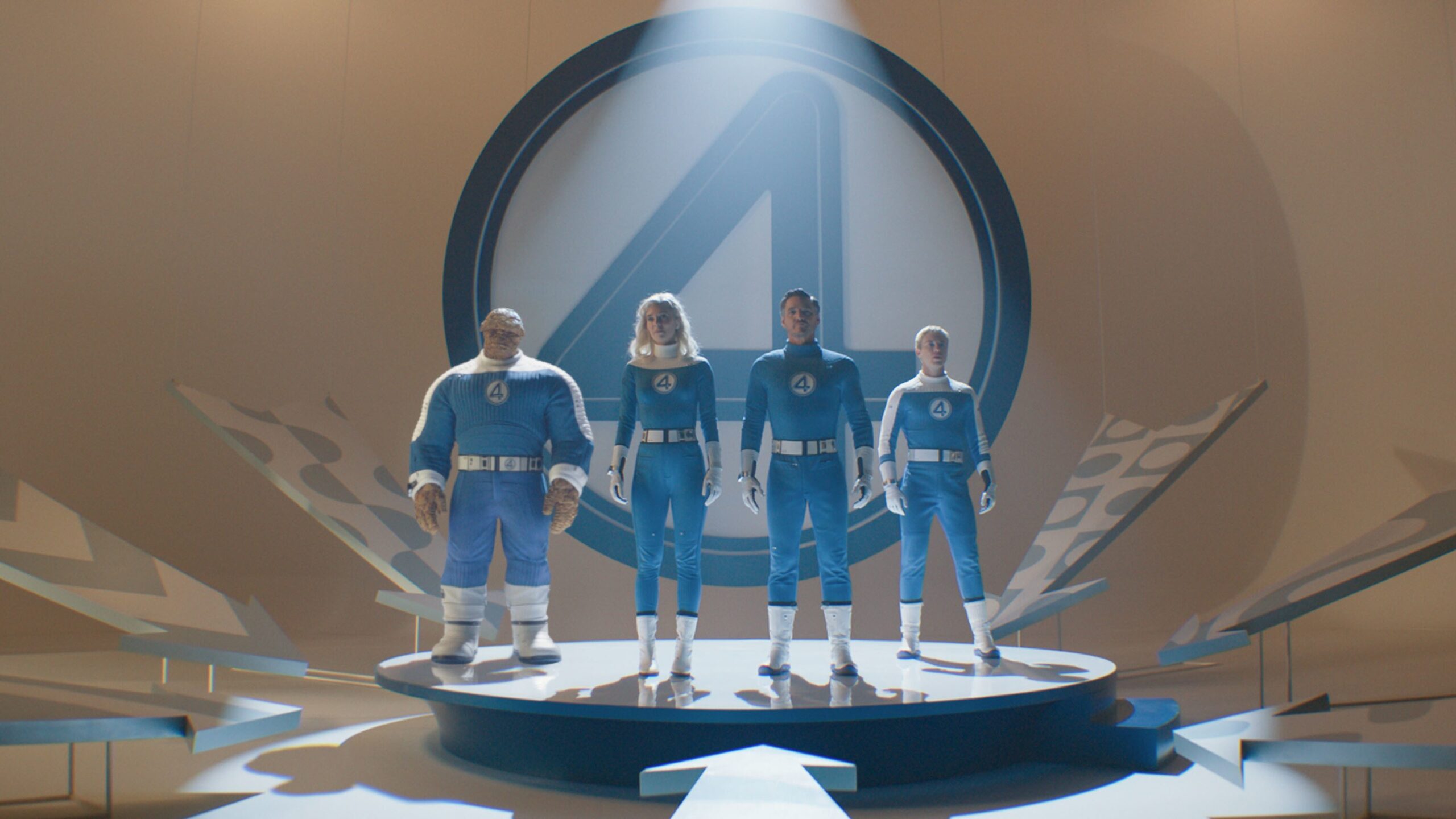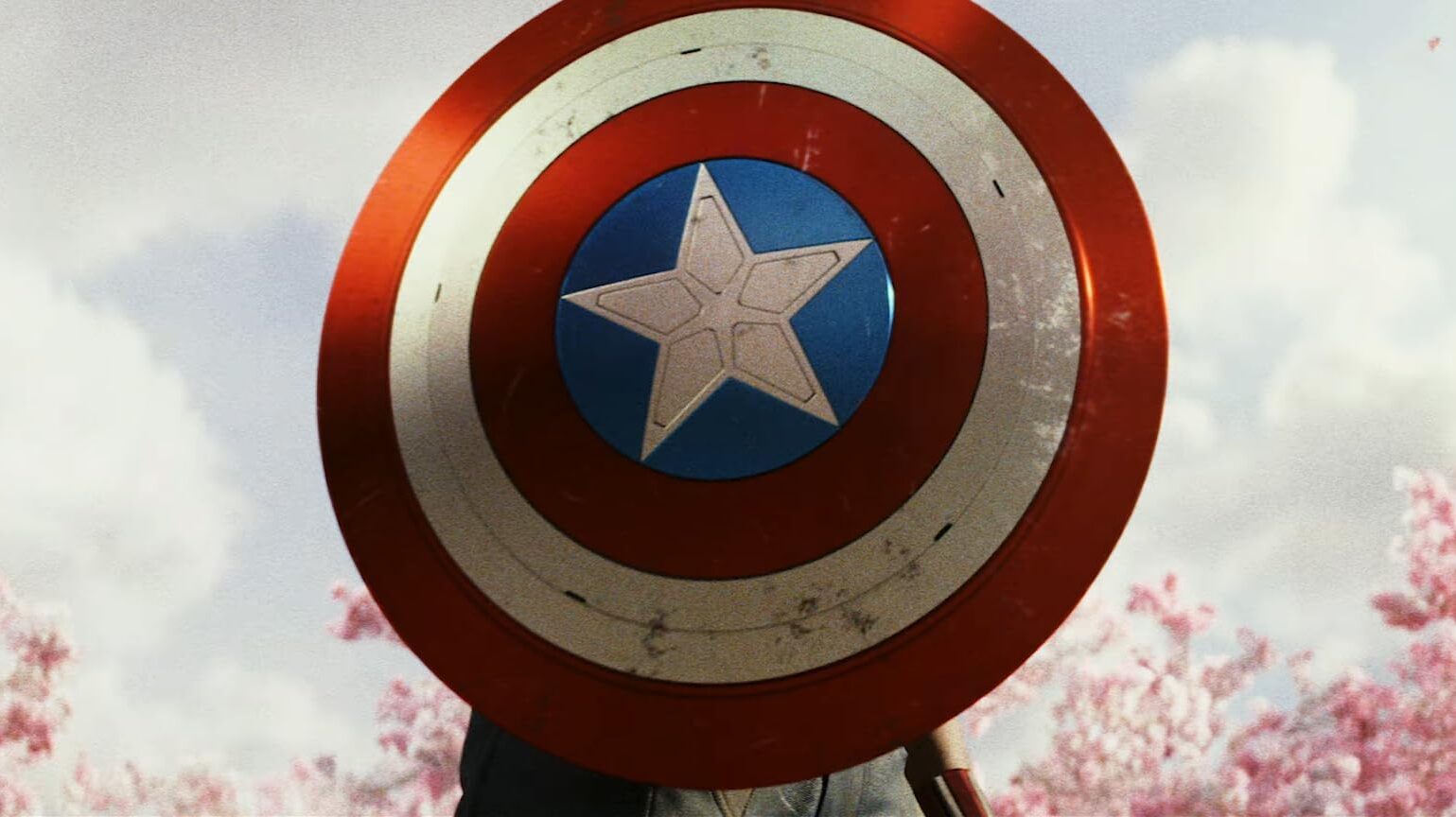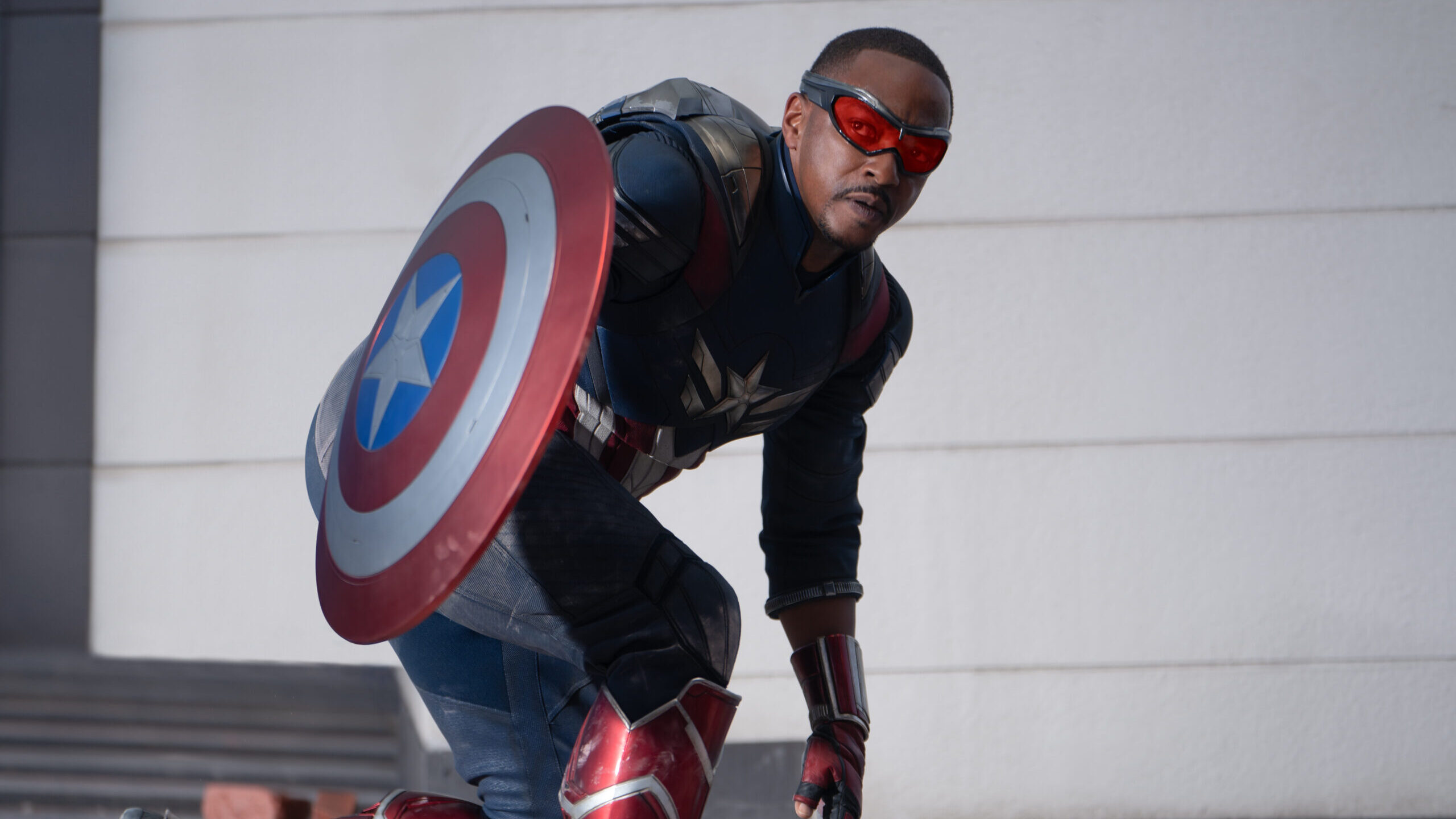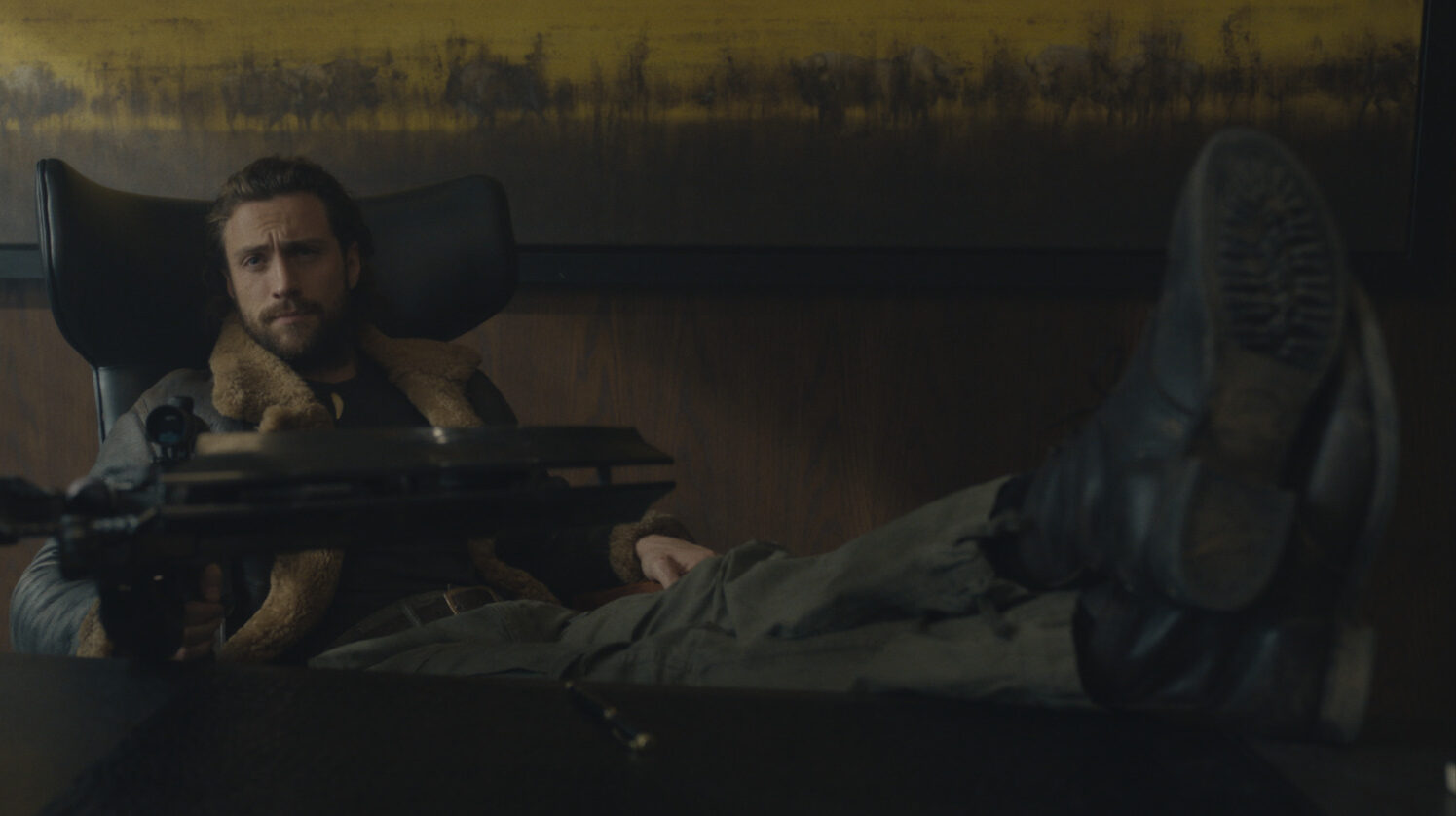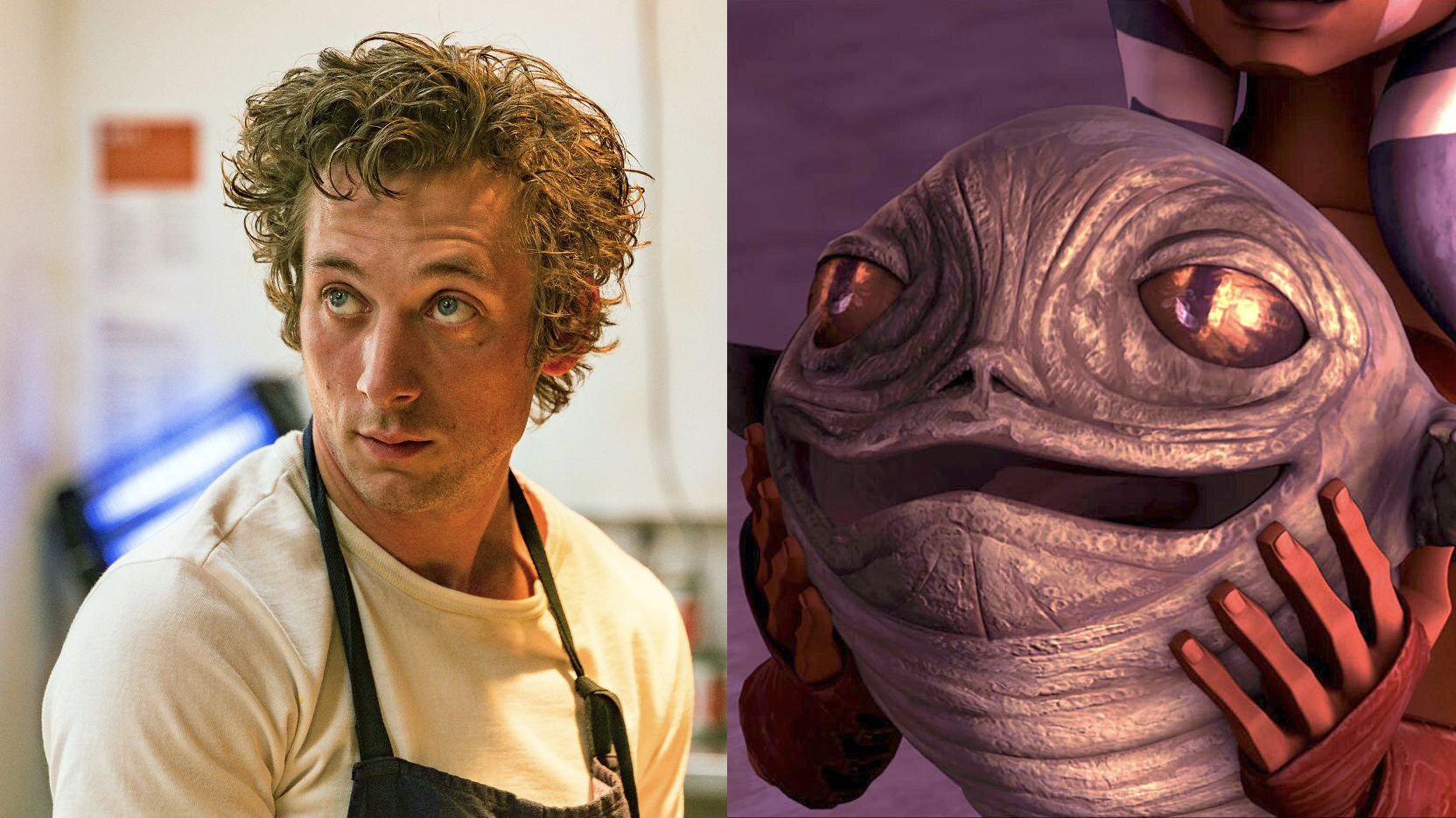Dune: Part Two Review – A Cinematic Triumph
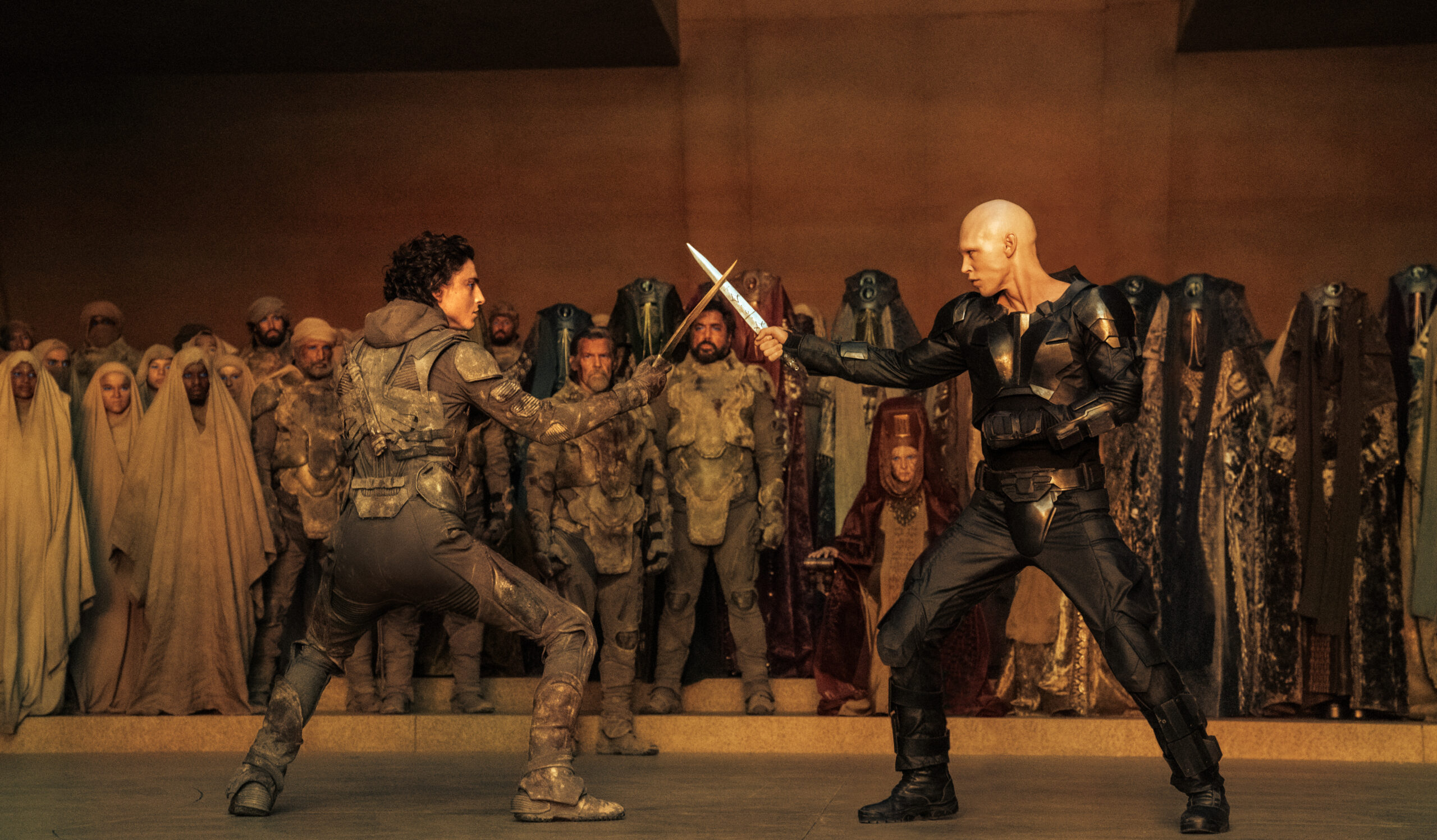
The following article is a non-spoiler review of Dune: Part Two after two free viewings of the film.
The state of cinema is currently in a precarious place. With 2024 being dubbed the “year of the sequels” with over 40 big-screen continuations, the general audience is left questioning the originality of Hollywood today. Dune: Part Two, the next sequel to be released, is left with an aura of intrigue over whether it will join the current trend of unoriginality, or be the exception and break from the mould. Having seen the film twice, I can confidently report the film succeeded in its pursuit of brilliance.
Part Two immediately picks up from the abrupt ending of Part One, with Paul, Jessica, and Chani on the run from the Harkonnen forces. Everything from the music, cinematography, performances, and style of the movie are faithful to the first, fulfilling the sequel’s promise of being a part two to 2021’s feature, rather than the unnecessary sequels that are all too common nowadays; the pair of releases are designed to be watched back-to-back.
Unlike many book-to-screen releases, the film is not a recreation of the books, but the definition of an adaptation, taking the main story of the book series, but making frequent and significant creative differences to it. This is something that may irritate fans of the novels, as lots of key moments and characters have been removed or reimagined, setting the stage for a Dune: Messiah film that’s very different from the book of the same name.
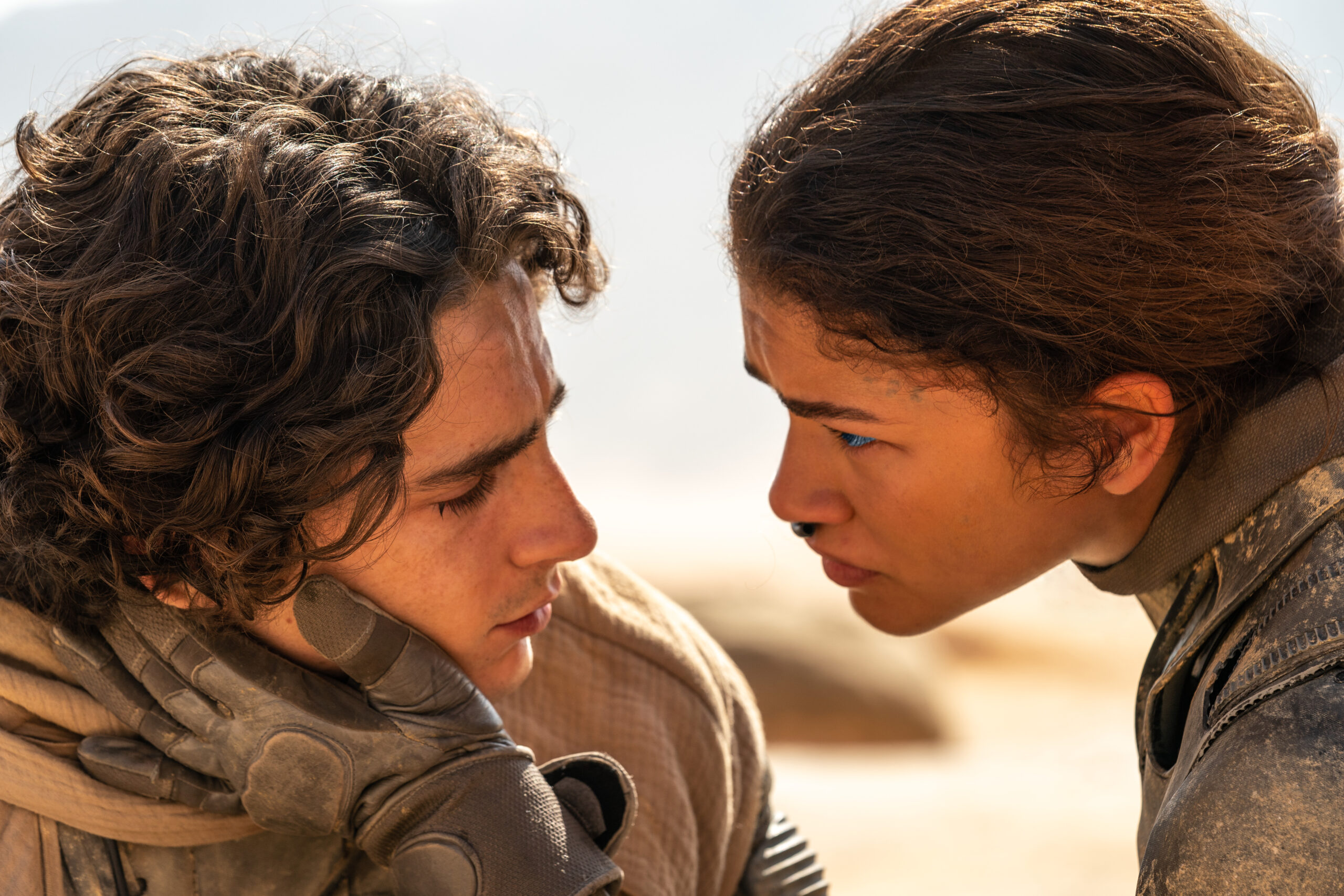
Denis Villeneuve recently spoke about his preference for visual storytelling and music over dialogue on the big screen. Surprisingly, Dune: Part Two doesn’t actually express this, as it has quite a good balance of all three. The film is certainly dialogue-heavy and reliant, selling the majority of its concepts and its mythology through the spoken literature of its characters. Denis certainly mastered the visual aspect of cinema, finding an intimate blend between real-world guerrilla style and the look of an other-worldly sci-fi culture.
Once again, Hans Zimmer transports audiences into another universe, with the bass of his orchestra rumbling the seats of the cinema. His orchestral magic sells the scale of the Dune universe, with his unconventional combination of electric guitar and the classic instruments of an orthodox orchestra. The score features string instruments which sell the intensity of certain scenes, and the use of sound effects and ethereal voices to convey a sense of mystique. Since seeing the film, I have been desperately waiting for the full score to release to listen back to, and have been listening to the only two released tracks on repeat. The film’s soundtrack is worth the price of admission alone, and the importance of Zimmer’s work is apparent when watching back his reception at the film’s World Premiere in London.
The cast mostly remains the same from the first instalment, bar the additions of Austin Butler’s Feyd Rautha, Christopher Walken’s Emperor, and Florence Pugh’s Irulan, all of which make immaculate and organic inclusions to the Dune franchise. The breakout star of the film is Butler without dispute. His portrayal of Feyd Rautha was not simply a performance, but an examination of the previous release, carefully
 studying his fictional family member Vladimir Harkonnen, emulating the performance of actor Stellan Skarsgård in regards to certain dialect and speech patterns, selling their fictional relation, putting Butler in contention for the film’s best performer.
studying his fictional family member Vladimir Harkonnen, emulating the performance of actor Stellan Skarsgård in regards to certain dialect and speech patterns, selling their fictional relation, putting Butler in contention for the film’s best performer.
Unlike the majority of reviews, in no means is the film perfect. While its first two acts have the perfect balance of drama and action, I do believe the final act was far too short of action, with a fantastically built-up battle that lasted perhaps only for a minute of screen time. The way the film had paced itself, myself and those I had spoken to had expected a huge-scale battle rivalling the likes of the Lord of the Rings trilogy. What we were left with was a very short and almost too easy set-piece that could have benefitted from another five to ten minutes, which wouldn’t make much difference in a film that already clocks in close to three hours.
Since the first preview screenings, all press for this movie is unbridled praise, ranking it as one of the best science fiction films of all time. While I wouldn’t go that far, I do believe Dune: Part Two is at least a contender for best picture this year, and imagine the majority of viewers leaving their cinemas with enjoyment. Beyond just a movie, this is something to be experienced and marvelled at. The film certainly isn’t for everyone, those who prefer shorter releases and more action may want to find another film, but the vast majority will have enjoyed it. I am eager to see the final chapter to the Paul Atreides storyline and how fans of the original novels react to this film’s ending.
Having seen the film twice, once in regular 70mm, then again in IMAX Digital, Dune: Part Two demands the biggest IMAX screen possible. With its varied aspect ratios, a 1.43 screen is the optimal format to watch it in; with its unparalleled audio, visuals, and aspect ratio, IMAX is a must – there were a few lines that can’t clearly be made out in a regular auditorium, but with the superior IMAX speakers, every line is heard and the film makes much more sense. Plus, no regular cinema can quite capture the majesty of a sandworm through bass and vibrations quite like IMAX technology – the experience is on another level.
A full map of all worldwide 1.43 IMAX cinemas assembled by a group of fans is accessible here; although smaller venues may be available nearer you – these don’t offer the same experience but are still far superior to any other format you may find.
Dune: Part Two releases nationwide on March 1st.

You might like


